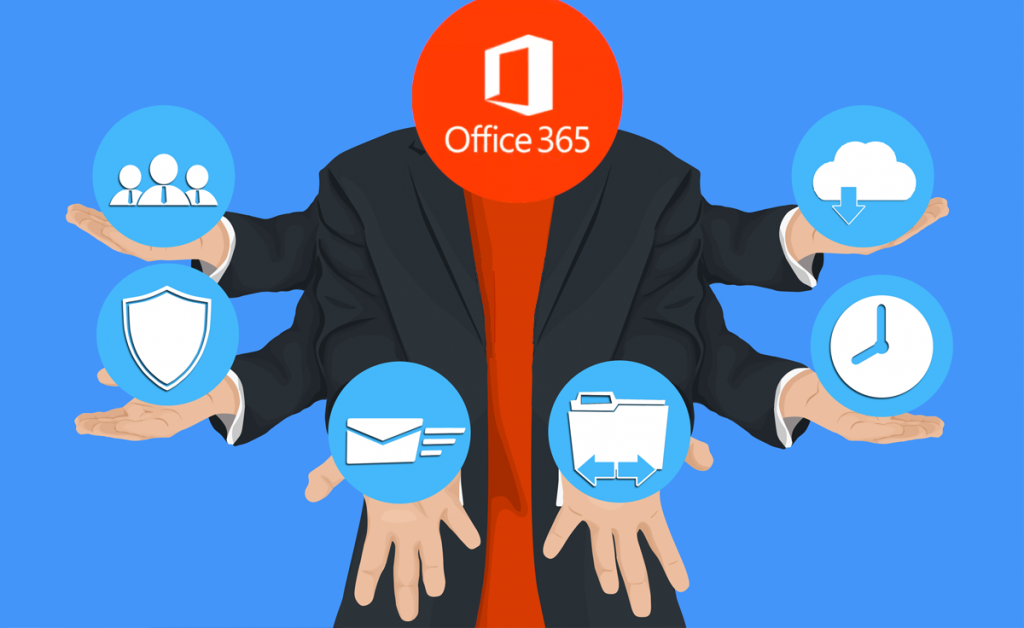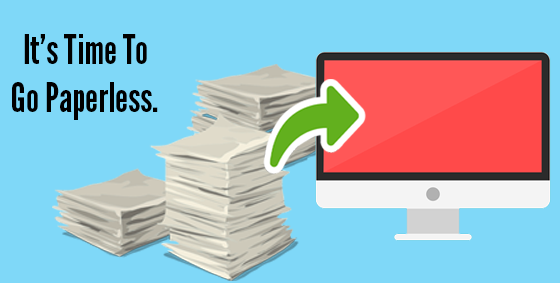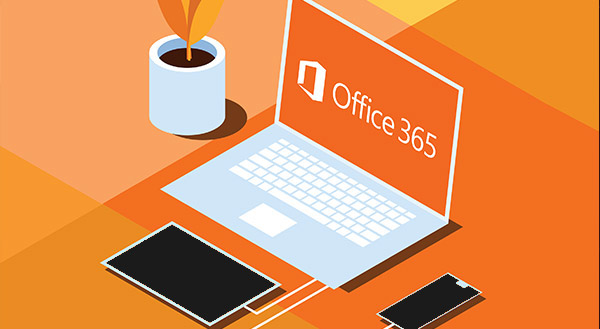Your business may have the OK to go ahead and get back to work on-site, but you don’t want to risk people’s health by doing so. After all, some “experts” say it is fine and other “experts” say it is too soon and a second wave of COVID-19 is likely to occur (see our blog here on how to plan for a second coming). With conflicting opinions like this it is hard for employers to know what to do and how to best protect both their clients and employees health. This article provides some suggestions to help you return to work while prioritising safety. Continue reading
Tag Archives: modern office
Remote Working with Office 365
Working from home can be a big change in an already tumultuous world. Yet there’s a bright side as the quarantine could be your opportunity to reinvent how your business operates — for the better. Migrating to Microsoft Office 365 has benefits now as well as when business returns to “normal”. Continue reading
Keeping Control of Your Business with Office 365
 Office 365 (or O365) represents a shift in the way businesses and IT operate. If you haven’t seen it yet, I highly recommend you schedule a demo with us ASAP. While it is similar to the Microsoft Office desktop package that businesses have used for decades; Office 365 does even more. It provides the critical tools you need to modernize your business environment, take control of your business and brings corporate grade functionality to your business at a low price.
Office 365 (or O365) represents a shift in the way businesses and IT operate. If you haven’t seen it yet, I highly recommend you schedule a demo with us ASAP. While it is similar to the Microsoft Office desktop package that businesses have used for decades; Office 365 does even more. It provides the critical tools you need to modernize your business environment, take control of your business and brings corporate grade functionality to your business at a low price.
Four Steps To A Modern Paperless Office
 Ever since computers were invented people have been talking about a paperless office. But if you are like me your desk is buried in paper, shelves are overcrowded with stacks of documents and there is just enough space for your keyboard, mouse and coffee? Well it is now time to go paperless, not just for your own sanity, but to streamline your entire business. It’s the one move that will save time and space while gaining flexibility for your mobile workforce.
Ever since computers were invented people have been talking about a paperless office. But if you are like me your desk is buried in paper, shelves are overcrowded with stacks of documents and there is just enough space for your keyboard, mouse and coffee? Well it is now time to go paperless, not just for your own sanity, but to streamline your entire business. It’s the one move that will save time and space while gaining flexibility for your mobile workforce.
When you’re ready to move to a paperless office, consider these 4 steps:
- Leverage the cloud for storage and search: Research the cloud and see how you can implement in your business. Documents can be uploaded, viewed and edited only by those with permission. There are free options like Google Drive and Dropbox right up to corporate grade solutions like Soonr (which is what we use). Some solutions provide functionality that easily enables you to find files using search functions, and no longer need to remember whether it was filed by name, subject or category – just enter what you need and let the system locate it for you. Then simply edit, share or email the file as required. No more filing cabinets or archive rooms, just clutter-free workspaces, room to breathe, and possibly even lower overheads now that you could fit into a smaller office space. Cloud based file storage also allow remote access, perfect for working on the go or telecommuting staff. Access files at any time using your secure login, on any device, from any location.
- Provide training across the board: Ongoing training is needed to ensure all workers are up to speed with the new system and the way you’d like things done. This is also the best time to set standards for file and folder names, new collaboration norms and security protocols. Long-term adoption requires cooperation from workers at all levels of your business and training for everyone will go a long way towards its success.
- Scan necessary papers: Unless you are a new business you will probably need to scan a lot of your old paperwork. Most office grade multifunction printers offer double-sided feed scanning, thus you can quickly scan papers into the system and then dispose of the paper. Alternatively, you can obtain special scanning hardware like the Fujitsu Scansnaps. If you still need a fax machine consider a fax to email service or see if your fax machine can be set to accept digital files only. File will scan to quite a small size, so running out of hard drive space shouldn’t be a concern.
- Prioritize backups: Once you have digitized your files you don’t want to lose them so you best have a robust backup system – including a regular off-site backup. Treat your backups as a vital insurance policy, so that your files are readily available and intact if required. Use your backups to address any issues as soon as they arise and keep your new paperless files well-managed and secure.
Ready to go paperless? We can help. Call us today at 08 83263 4364 or at
su*****@dp*********.au
.


